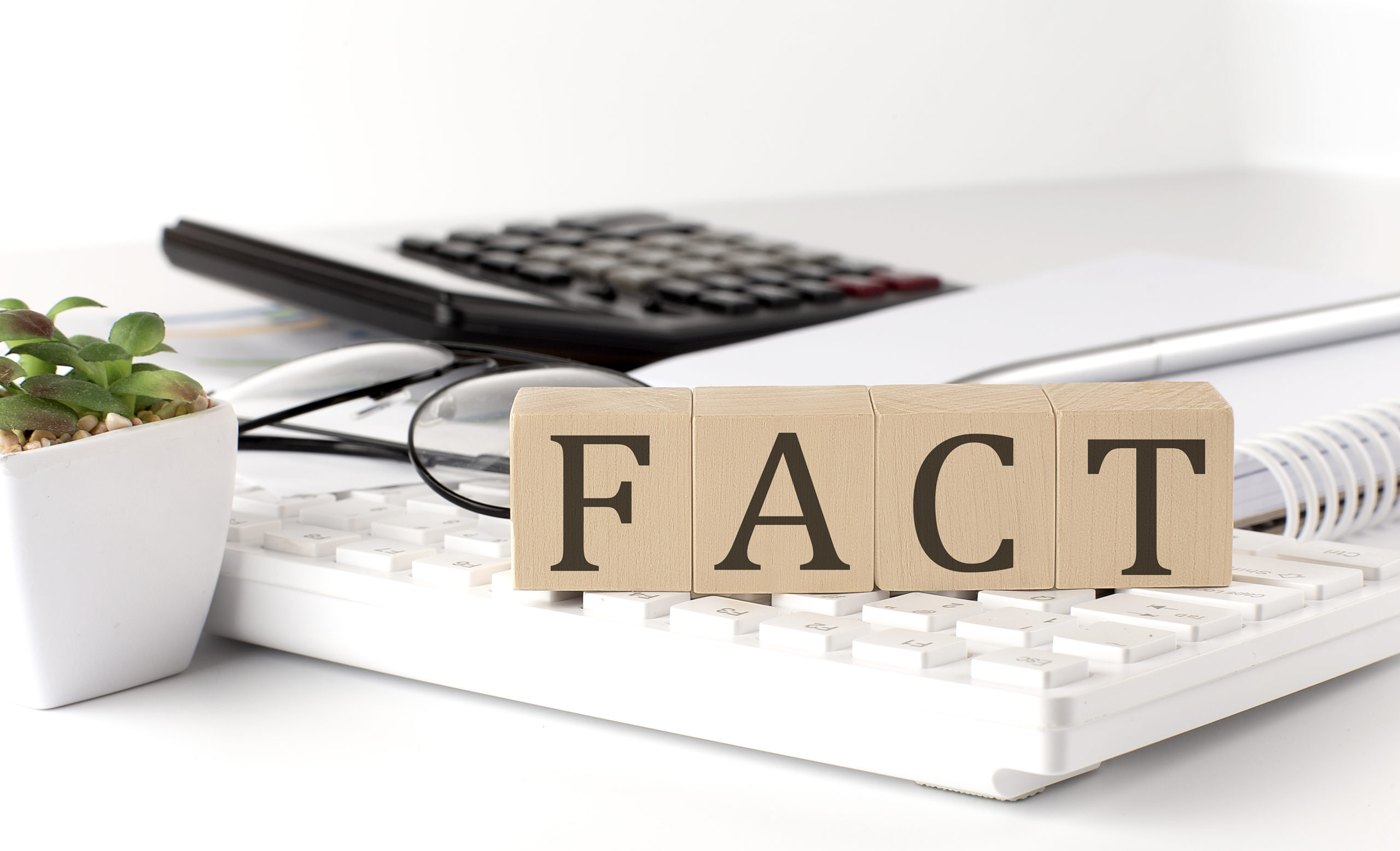Original article (in Montenegrin) was published on 03/10/2022
Montenegro and Bosnia and Herzegovina squared off on the football pitch, with both sides giving a lesson in cheering. It all started with a joke about a “cheese burek” and ended with a phenomenal display of hospitality in Zenica. Nevertheless, some are trying to spoil the good impression. The alleged confusion arose over a flag with lilies – an old Bosnian symbol – on it.
The Bosnian and Montenegrin media are writing about the alleged scandal at the match in Zenica. Web portals such as Borba and Politika took over the news from the ABC web portal, which published an article entitled:
“Disgrace at Bilino polje stadium, fans wave the war flags of the Muslim army, it is unbelievable that any Croat or Serb can play for this kind of national team. Boycott!!!”
In the article title Borba also claimed that war flags were waved:
War flags of the Muslim army on the stands during the BiH-Montenegro football match: Mostar web portal demands the Croats to resign from the national team
Politika followed by writing:
Muslim army war flags at the match between Bosnia and Herzegovina and Montenegro
The article read:
“Every single Croat and Serb should ask themselves what they are doing in the Muslim national team of BiH? This is a scandalous disgrace! Should any Croat feature in an environment where the Muslim army flags – under which so many Croats were killed (Uzdol, Grabovica, Doljani, Buhine kuce and hundreds of others) are waved? It should be clearly noted that fans with such flags cannot enter any of the stadiums of Croatian or Serbian clubs in Bosnia and Herzegovina.”
Other Bosnian media also wrote about the fans’ choreography without referring to any scandal or disgrace, but conveyed the atmosphere in which, as things stand, the lilies, were undeservedly blamed.
The confusion that is being created is easy to clear up. Fans in Zenica unfurled the old flag of the Republic of Bosnia and Herzegovina, with lilies on it.
The flag of the Republic of B&H 1992-1998
The Istinomjer (Truth Meter) article reads:
… the flag of the Republic of Bosnia and Herzegovina was adopted in 1992 after gaining independence from the former Socialist Federal Republic of Yugoslavia (SFRJ) and, as such, represented the state symbol of the internationally recognized Republic of Bosnia and Herzegovina after the Presidency of the RBiH on February 24, 1933. made a decision on the text of the Constitution, which became legally binding on March 14, 1993. The flag, which was confirmed by the Constitution of the Republic of Bosnia and Herzegovina (Article 8), was in official use from 1992 until 1998 when the new flag of Bosnia and Herzegovina was adopted.
The authors of the controversial newspaper articles are trying to equate, as they call it, the “Muslim army war flag”, that is, the flag of the Army of the Republic of Bosnia and Herzegovina, with the one that was in official use for six years. The two flags are similar, but contain obvious differences. On the latter, one can clearly see the writing and two crossed swords, which are not present in the picture above, and not present in the flags waved by the fans in Zenica.
Lilies have been part of the history of Bosnia and Herzegovina since ancient times. The symbol’s popular usage is mainly associated with the period of the reign of King Tvrtko I Kotromanic. For those dealing with facts, things are clear. In Zenica, there were no flags of the Army of the Republic of Bosnia and Herzegovina that may evoke bad memories in some people.
The match between the two national teams brought, as the media say, good vibes and the fans of both sides deserve nothing but praise. As for the disputed article, it received a non-passing grade – disinformation
The “Disinformation” grade is given to a media report that contains a “mix” of facts and incorrect or half-true content. In such cases, the media may not necessarily be aware of incorrect information being published alongside the true ones. Also, this grade will be given to media reports with false attributions or titles that do not reflect the text in terms of information accuracy.



